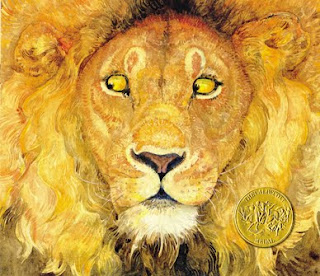ISBN: 978-0-385-73742-5
Review
Miranda, a young teenager finds new friends when she didn’t expect to while also trying to nurse old friendships. Miranda’s mother is a paralegal who is infatuated with the t.v. show pyramid and hopes to compete so that the family can have money. When You Reach Me is a story about growing into being a teenager and the excitement and confusion that is associated with it.
Critical Analysis Miranda is one of the most relatable characters I’ve read in a long time. The subject matter of When You Reach Me hits so close to home for students coming into their teenage years with subjects like boys, finding friends, working with family, and sometimes losing friends. Reading this book teaches the reader that how you treat people and your actions, whether large or small, can affect people easily which is a big lesson for young people to learn. Overall, Steed gives young readers an almost perfect example of life as a young adult in the late 70’s. Understanding this book is a very ‘relatable’ read as well as has a touch of a sci-fi tone to it, I would definitely add this to my library as a teacher. Though it is geared more towards older students- middle school, I think this could be a great read for students as young as third grade.
Reviews School Library Journal- The stores and even the streets–in Miranda's neighborhood act as physical entities and impact the plot in tangible ways. This unusual, thought-provoking mystery will appeal to several types of readers.
Booklist- "The mental gymnastics required of readers are invigorating; and the characters, children, and adults are honest bits of humanity no matter in what place or time their souls rest."
Compare/Contrast- Miranda has an obsession with ‘A Wrinkle in Time’. If students are old enough, a comparison could be done between When You Reach Me and A Wrinkle in Time. How are the stories similar? Do any of the characters resemble each other? If you could have adding more similarities to When You Reach Me, what would they have been?








